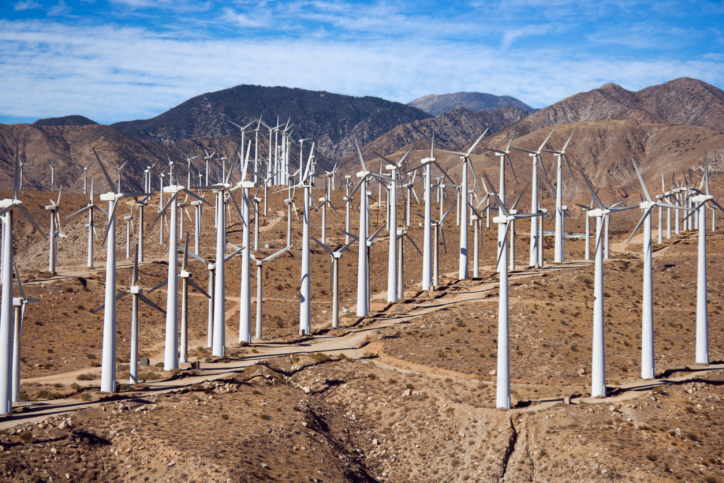Europe, once at the vanguard of renewable energy mandates, appears to be having second thoughts about its reliance on giant wind installations erected on land and offshore over the past decade.
The European Wind Energy Association (EWEA) reported in February a sharp drop in new installations in 2014. The EWEA’s annual report shows investments in new wind facilities plummeted last year as a result of “erratic and harsh” changes in renewable energy policies in several countries.
The rate of installations plunged by 90 percent in Denmark, 84 percent in Spain, and 75 percent in Italy.
Spain and Germany Retrenchment
Spain, until recently the global leader in renewable energy, with more wind energy capacity than any other European country except Germany, installed less wind-energy capacity last year than countries outside the EU such as war-torn Ukraine. Facing severe economic problems, Like other economically hard-pressed European countries, Spain has been forced to roll back subsidies it can no longer afford.
In the Financial Times (February 10), Tom Becker, EWEA’s CEO, commented on Europe’s pullback from renewables: “The uncertainty over the regulatory framework for the energy sector is a threat to the continued drive toward sustainable and homegrown energy that will guarantee Europe’s energy security and competitiveness for the long term.” The “regulatory framework” to which he referred is the system of subsidies and mandates that make uneconomical renewable energy profitable for its providers.
Germany, Europe’s strongest economy, provides a snapshot into understanding why wind power is losing support in the EU. In recent years an increasing number of businesses has been leaving Germany, citing high energy costs.
Little Wind Energy, High Costs
The lack of reliability is also a problem. Examining data for 2014, German researcher Rolf Schuster reports, “Wind energy is extremely volatile. During some quarter-hour periods, the roughly 25,000 turbines [in Germany] indeed delivered a lot of power. But at other times they delivered practically nothing.” Schuster concluded on average Germany’s 25,000 wind turbines operated at 14.8 percent of their rated capacity in 2014, averaging less than 6,000 Mw of their nearly 40,000 Mw capacity.
The high costs associated with wind power and the need for redundant electric power plants have caused electricity prices in Germany to rise by 60 percent in the past five years as the government has pushed for more renewable energy. Germans currently pay more than twice as much for electric power as do their American counterparts. As a result, “German industry is going to gradually lose its competitiveness if this course isn’t reversed soon,” Kurt Bock, CEO of chemical giant BASF, told the Wall Street Journal (August 26, 2014).
“High-tech turbines and massive government subsidies cannot overcome the problem humans have had with wind for centuries: Wind is not reliable or stable,” said Dan Simmons, vice president for policy at the Institute for Energy Research. “Adding wind to your electricity-generating system does not actually increase the real capacity of the system, and it does not make the system more reliable. As a result, wind increases the cost of the system without providing real benefits, as the Europeans are beginning to figure out.”
Bonner R. Cohen, Ph. D. ([email protected].), is a senior fellow at the National Center for Public Policy Research in Washington, DC.





